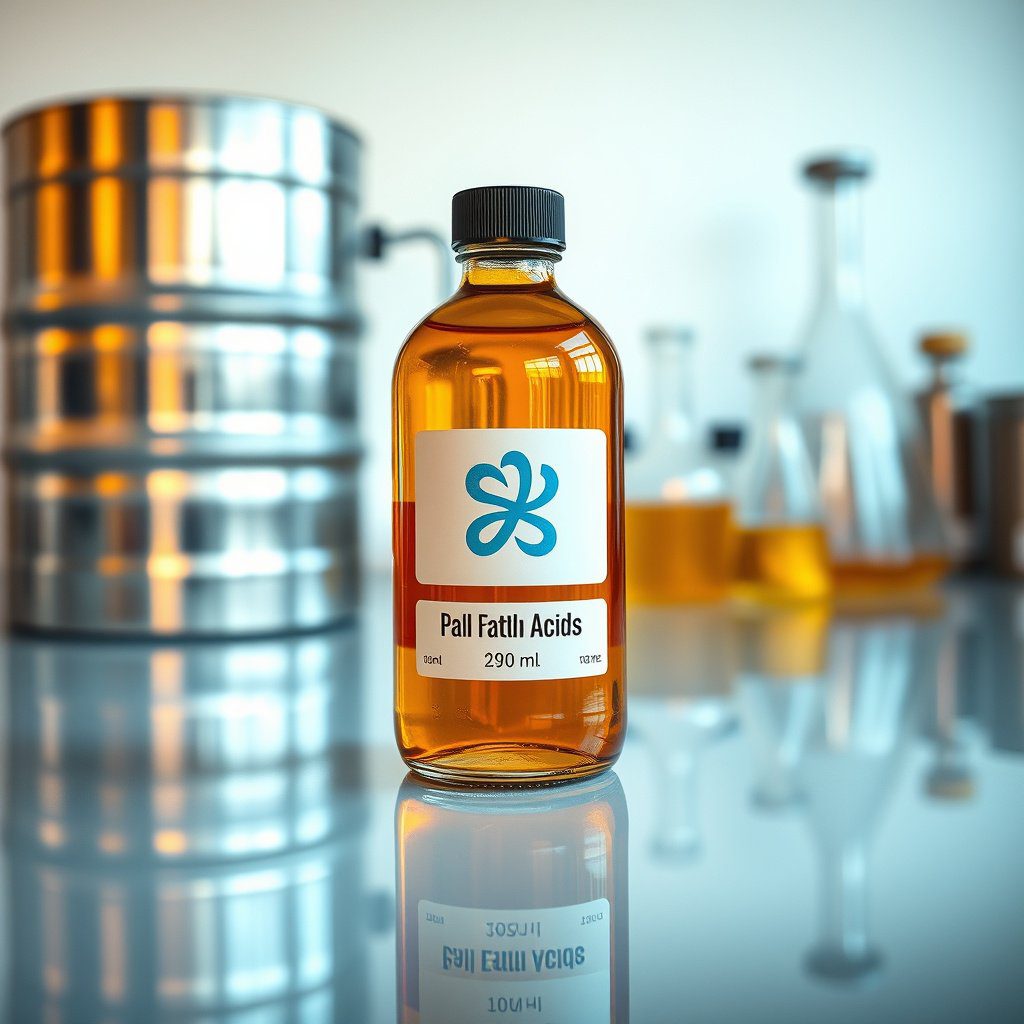Understanding Palm Fatty Acid
Palm fatty acid, derived from palm oil, is a crucial component in various industrial applications, particularly in the chemical industry. Its unique properties, including high stability and versatility, make it a valuable ingredient in the production of soaps, detergents, and personal care products. The research into palm fatty acid focuses on optimizing its extraction and refining processes to enhance its quality and usability.
Applications of Palm Fatty Acid
This compound is widely used in the formulation of surfactants, emulsifiers, and lubricants. In the cosmetic industry, it serves as an emollient, providing moisture and improving texture. Additionally, palm fatty acid is integral in the food industry as a source of fatty acids for various products, contributing to both flavor and stability.
Environmental Considerations
The palm oil industry, while economically beneficial, raises significant environmental concerns, particularly regarding deforestation and habitat destruction. Research into sustainable palm fatty acid production emphasizes the need for eco-friendly practices that minimize ecological impact while still meeting global demand.
Supply Chain of Palm Fatty Acid
The supply chain for palm fatty acid from Brazil to the U.S. involves several key stages, including cultivation, extraction, refining, and distribution. Understanding this supply chain is critical for companies like DIPLOMATA that aim to establish themselves as trusted suppliers and exporters, ensuring consistent quality and reliability in their products.
Quality Standards in Palm Fatty Acid Production
Quality control is paramount in the production of palm fatty acid. Research focuses on developing stringent quality standards that align with international regulations, ensuring that products meet the necessary safety and efficacy requirements. Companies must adhere to these standards to build trust and credibility in the market.
Research Innovations in Extraction Techniques
Recent advancements in extraction techniques have significantly improved the efficiency of obtaining palm fatty acid. Techniques such as supercritical fluid extraction and enzymatic methods are being researched to enhance yield while reducing environmental impact, making the process more sustainable and economically viable.
Market Trends for Palm Fatty Acid
The global market for palm fatty acid is influenced by various factors, including consumer preferences for natural ingredients and the growing demand for bio-based products. As businesses adapt to these trends, ongoing research into market dynamics helps in strategizing effective distribution and marketing approaches.
Export Regulations and Compliance
Exporting palm fatty acid from Brazil to the U.S. involves navigating complex regulatory frameworks. Understanding these regulations is essential for ensuring compliance and smooth trade operations. Research into the legal requirements helps companies like DIPLOMATA maintain their competitive edge in the export market.
Consumer Awareness and Education
Educating consumers about the benefits and applications of palm fatty acid is vital for fostering demand. Ongoing research aims to create informative resources that highlight the advantages of palm fatty acid in various products, thereby enhancing consumer awareness and preference.
Future of Palm Fatty Acid Research
The future of palm fatty acid research is promising, with a focus on sustainability, innovation, and quality improvement. As industries continue to evolve, the development of new technologies and methodologies will play a crucial role in shaping the future landscape of palm fatty acid supply and distribution.


